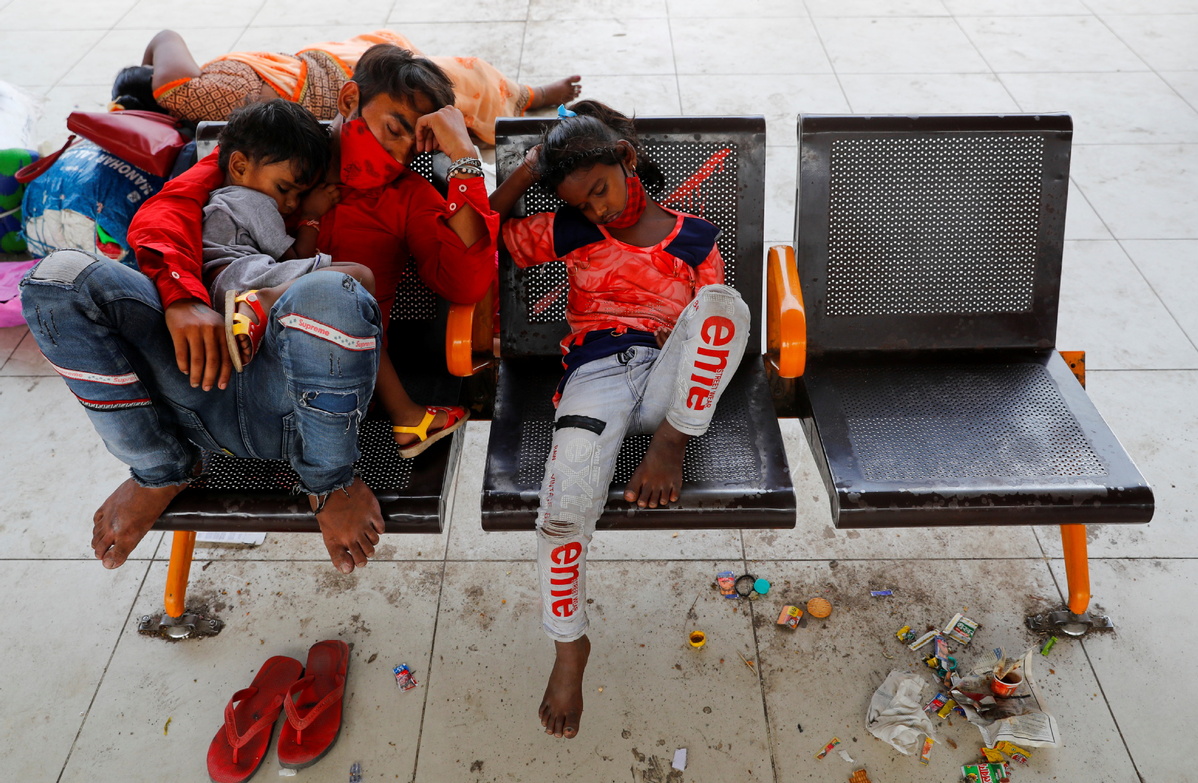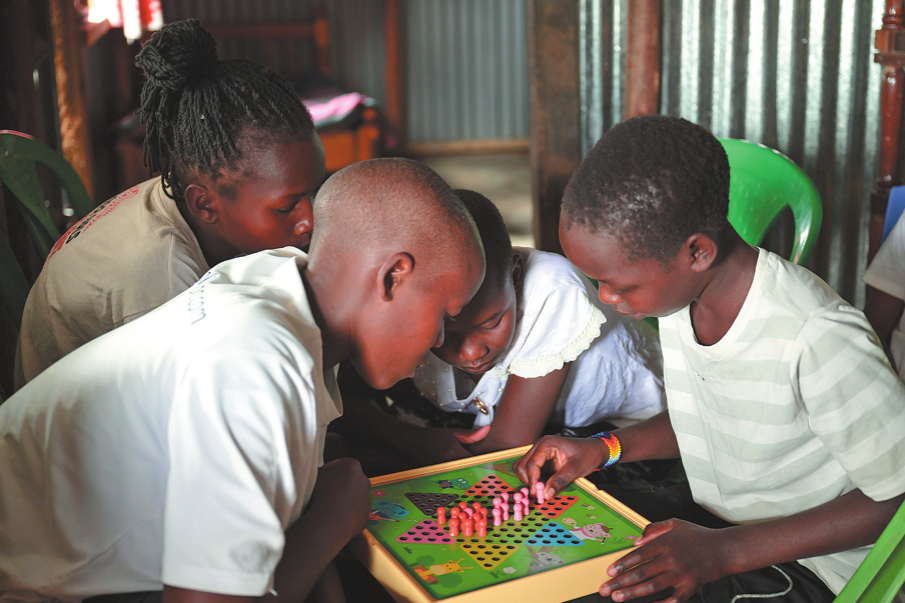The digital divide sees millions of pupils pay high price


Millions of children in India are having a hard time grappling with makeshift learning arrangements, with the pandemic forcing thousands of educational institutions into "temporary closures" since March last year.
Faced with the ongoing threat from COVID-19, young pupils in the country, which is home to the world's second-largest school system after China, have switched to e-learning.
However, for many millions of poor people, internet connectivity-or even a mobile phone-is a luxury they cannot afford. As a result, a large majority of them have become shut off from mainstream society.
By a rough estimate, only one-third of the 320 million schoolchildren are pursuing education online in India, which has some of the world's worst income disparity levels.
According to a report released last year by the National Sample Survey Office, which is responsible to the Statistics Ministry, 32 million children had been out of school before the pandemic emerged. This figure would double in a year's time, the report warned.
As the pandemic worsens in India, more educational institutions have closed, adding to the already grim situation for millions of poor families.
Osama Manzar, founder and director of the Digital Empowerment Foundation, an organization based in New Delhi that focuses on solutions to bridge the digital divide, said, "A vast unconnected and underserved community is losing out on education because it does not have access to devices and infrastructure to carry on with e-learning."
Such inequalities and disparities had never been so starkly evident, Manzar said.
"Close to 70 percent of these schools are located in rural or semi-urban areas, where a majority of learners do not have access to the necessary tools and infrastructure, such as internet connectivity, a smartphone or a laptop," he added.
A recent study by Azim Premji University, which is based in Bangalore, found that school closures have had an impact.
"Being out of school for so long means that children not only stop learning new things, they also forget some of what they have learned," the study concluded.
Manzar also pointed to "the digital exclusion of girls" in education.
Sudakshina Basu, who teaches at a girls' high school in suburban Kolkata, said, "Given the socioeconomic background of the children, not everyone will have access to mobile phones at a given class time. They will be used either by their parents or older relations at home," Basu said.
Manzar said that through the Digital Daan initiative launched by his organization, the non-profit group has collected more than 5,000 used electronic devices. The word "daan" means donation in Hindi.

































